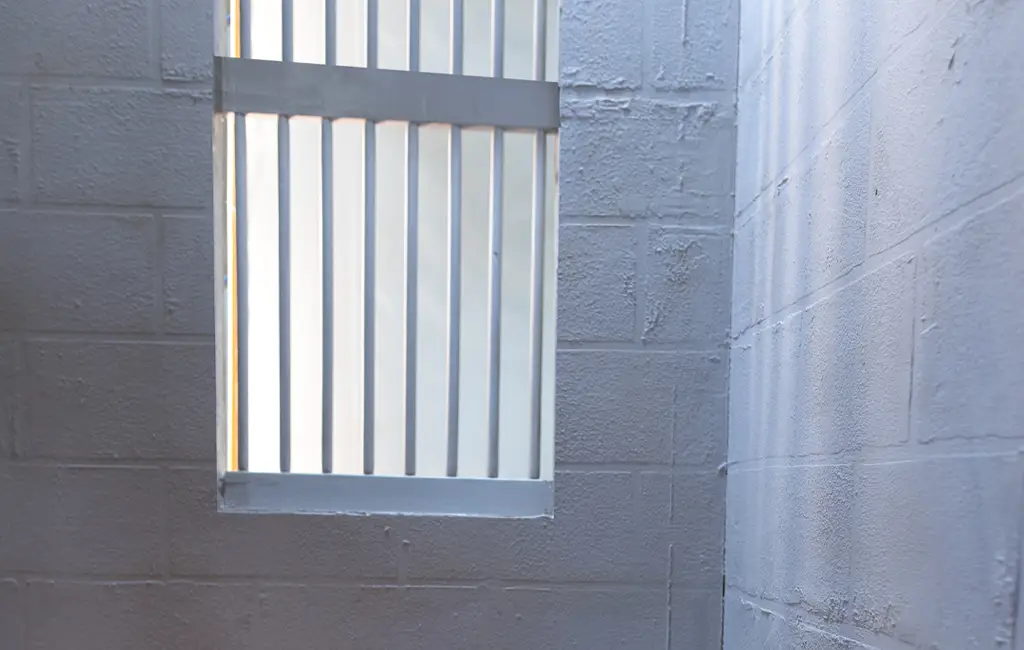The impact of the detention of young people in correctional institutions. The role of education is not only in reducing crime but also in reintegrating former prisoners into society.
How education can break the prison cycle
Law enforcement in the US reveals some breath-taking numbers:
- There are 2.000.000 to 3.000.000 million prisoners in the US annually, representing almost 1 out of 4 of the world’s imprisoned people.
- 1 in 31 adults in the US is incarcerated, on probation, or parole.
- Approximately 40% of the incarcerated population is reincarcerated within 10 years.
- The total annual cost of imprisoning people ranges from $52,000,000,000 to $70,000,000,000 on average.
- The average cost per inmate is $31,238 annually.
- Imprisonment is among the highest social costs, with defense, healthcare, and retirement benefits.
Youth in prison
- High school dropouts are 3.5 times more likely to be arrested than high school graduates.
- Less than 15% of students in secure juvenile settings complete high school.
- There are 500.000 young people in prison, more than in any other country.
Effects
- Going to jail poses long-term issues to ex-inmates. For starters, they face employment challenges:
- They forego adequate education.
- They are prohibited by law from working in specific jobs.
- They have limited work experience.
- They develop mental health problems.
- They spend 9 weeks less time employed per year.
- They earn 40% less annually than if they had not been put behind bars.
- By age 48, men in prison will have earned $179,000 less than if they were never incarcerated.
Education can break the cycle.
Investment in prison education pays off. Various US states have taken action:
- In Ohio, recidivism was reduced by 62% among ex-inmates who completed a degree in prison.
- In Alabama recidivism rate of 35% vs. 1% for those who completed a postsecondary degree.
- In the state of New York, 29.9% of inmates who didn’t attend college in prison were reincarcerated within 3 years vs. 7.7% who took college classes.
- In North Carolina, 5% of degree-earning inmates return to prison in 3 years vs. 40% of the general inmate population.
All this can be done at an affordable cost. The cost of providing a college education for one incarcerated student ranges from $2,000 to $4,000.
Education Impact
It’s cheaper to educate than incarcerate. Education in prison:
- Reduces recidivism
- Provides savings to taxpayers:
o For every dollar spent on correctional education, the state of Washington saved $12 [1].
o $1,000,000 investment in incarceration will prevent 350 crimes [2], while that same investment in education will prevent more than 600 crimes [3].
As students in prison face several challenges, technology can help. There are prisoners of various proficiency levels, and it is not feasible to build physical classrooms inside the prison.
——————–
[1] Washington State Institute for Public Policy
[2] UCLA study
[3] PrisonStudiesProject.org “Learning to Reduce Recidivism: A 50-state analysis of postsecondary correctional education policy” (Full report http://www.ihep.org/assets/files/publications/g-I/LearningReduceRecidivism.pdf). Bureau of Justice Statistics (www.bjs.gov). The Effect of Prison Education Programs on Recidivism. The Journal of Correctional Education (Dec 2010). National Association of State Budget Officers 2010) State Expenditure Report. • National Association State Budget Officers (December 2010)



